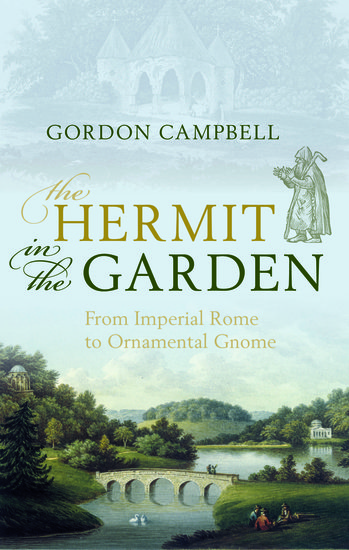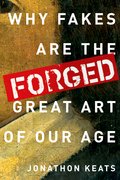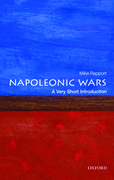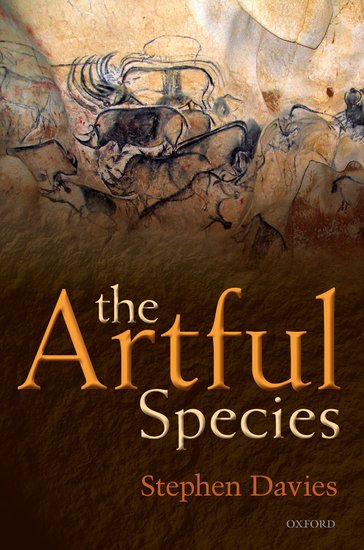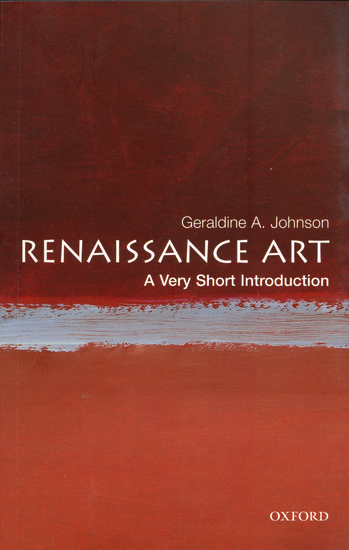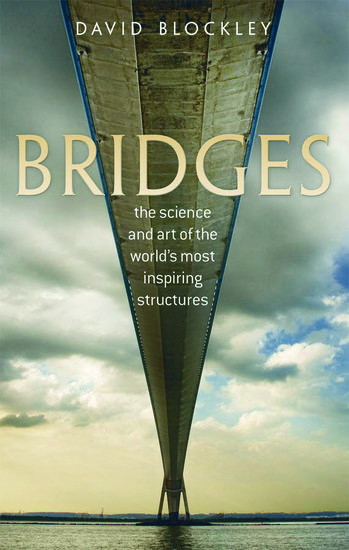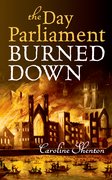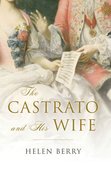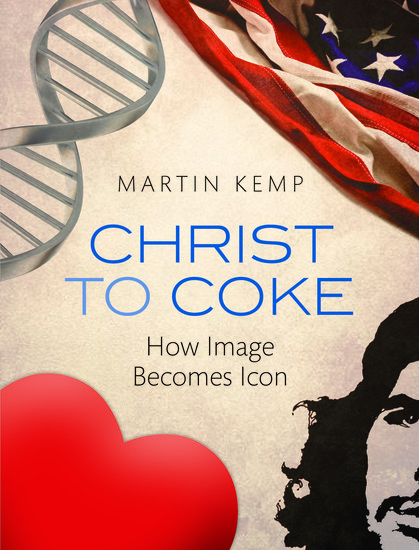Discovering the hermit in the garden
By Gordon Campbell
For many years, answering polite enquiries about my current book project was relatively easy: I could explain that it was about Milton, or the Bible, or Renaissance art and architecture, or the decorative arts, or whatever might be the topic, and the conversation could happily proceed to more interesting subjects. For the past few years, however, I have had to say that I was writing a book about ornamental hermits in eighteenth-century gardens.

